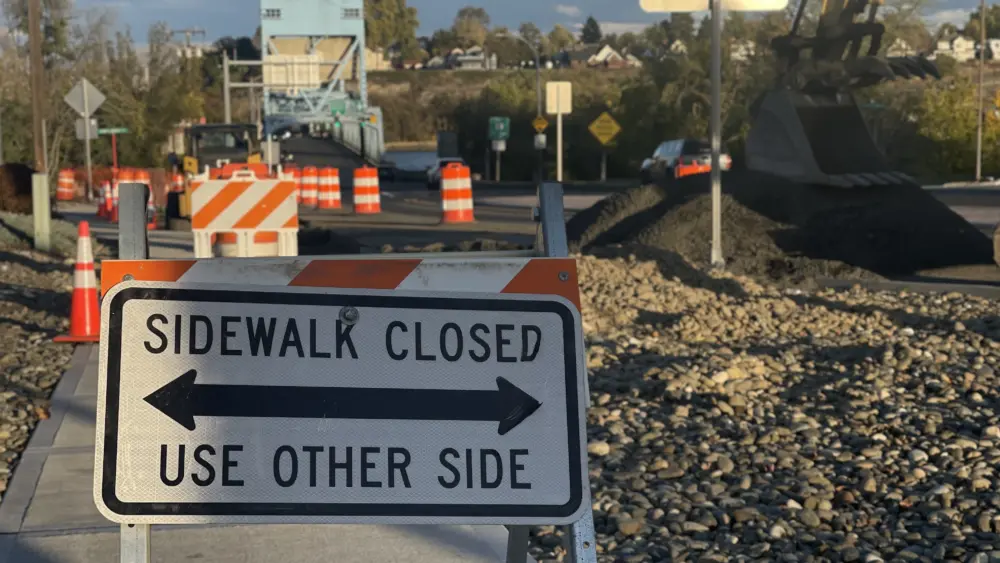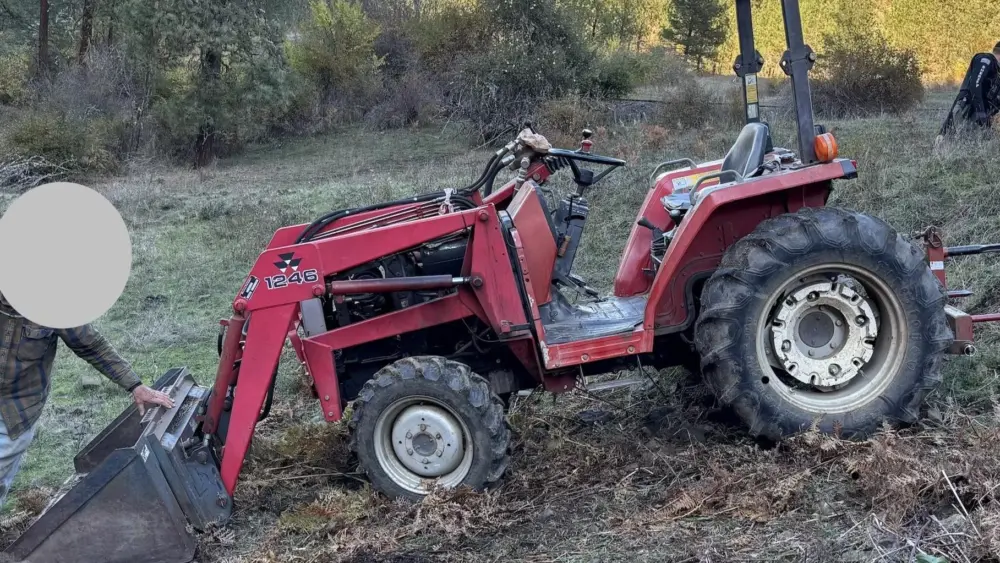(The Center Square) – Washington residents’ electrical cost could increase $330 per year, on average, through 2050 according to a recent report co-published by the Washington Policy Center and the American Experiment think tanks.
The report addresses the proposed removal of the Ice Harbor, Little Goose, Lower Lower Granite, and Lower Monumental dams on the lower Snake River to aid in salmon recovery efforts.
The problem addressed is not the removal of the dams, it’s the question of how to replace the 3,033 megawatts capacity for power generation that the dams provide. This accounts for roughly 10 percent of the Evergreen State’s total generation capacity.
According to the report, replacing that capacity could cost up to $34.3 billion, a figure that is on the high end of dam power generation replacement estimates. The additional costs account for the needed upgrades to electrical transmission and storage capacity inherent with the intermittent nature of replacing hydroelectric generation with renewables such as wind and solar.
In the replace-with-renewables scenario, the report models out Washingtonians’ electrical pricing going from 7th lowest to 18th highest by state over the time period of 2020 to 2028.
During that same period, the modeling has electrical prices increasing from 8.33 cents per kilowatt hour (kWh) to 10.34 cents per kWh. This just over 2 cents per kWh increase would mean a 25% increase in energy costs to Washington consumers.
The report also models a fourth scenario for replacement with Natural Gas, an option which is currently off the table due to legal constraints in Washington state. This option would cost $24 billion less than the replacement with renewables option, even accounting for current high natural gas prices.
Of possible interest to the carbon reduction-focused administration of Washington Gov. Jay Insleee is that both the renewable and natural gas replacement models would increase the carbon footprint of electricity generation in the Evergreen State.
The report’s primary recommendation might be called the “do nothing” approach, though it’s slightly more complicated than that. The authors recommend keeping the four Lower Snake River dams in service, refurbishing and retrofitting as needed, and finding an alternative solution to restore the salmon ecology in that river.
One of the co-authors of the report, Todd Myers, has written separately that Snake River salmon runs have been improving without the assistance of demolition.
“For the third year in a row, the Snake River Spring/Summer Chinook salmon run has increased,” Myers wrote on the Washington Policy Center website. “On May 22, the Spring/Summer Chinook returns surpassed the 2021 total, with 86 days remaining before the end of the run.”
Another co-authors went further still, asserting that the government public works program that gave rise to the dams was environmentally ahead of the curve.
“The original New Deal was very green, because it led to the construction of Washington’s Grand Coulee and Bonneville dams,” said American Experiment policy fellow Isaac Orr in a statement. “Tearing these dams down is a senseless destruction of critical infrastructure that will increase electricity costs for everyone”




